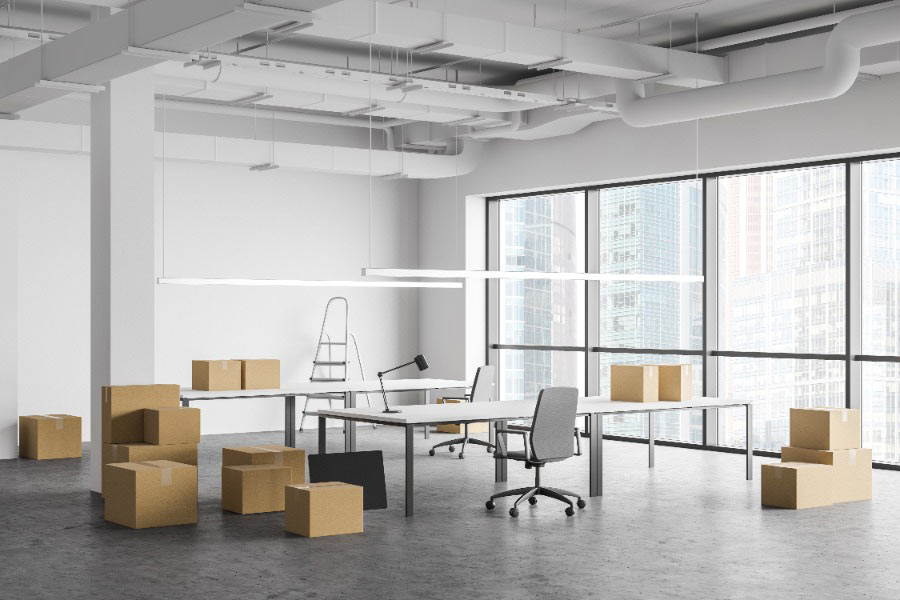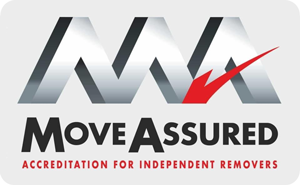Relocating an office is a significant undertaking that can disrupt daily operations if not managed properly. Maintaining business continuity during this process is crucial to avoid any negative impact on productivity and client relationships.
Office moves present a unique set of challenges, from logistical issues to ensuring that employees remain informed and engaged throughout the transition. Without careful planning and execution, companies risk operational downtime, loss of revenue, and decreased employee morale.
The importance of business continuity cannot be overstated, especially in today’s fast-paced and highly competitive market. A well-planned office move ensures that a company can continue to operate with minimal disruption, safeguarding its reputation and maintaining customer trust.
By addressing potential risks and implementing strategic solutions, businesses can navigate the complexities of relocation smoothly and efficiently.
This blog will explore essential strategies to ensure business continuity during an office move, covering everything from planning and communication to logistics and post-move settling.
Planning and Preparation
Effective planning is the cornerstone of a successful office move. The process should begin well in advance, with a detailed timeline outlining key milestones and deadlines.
This timeline will serve as a roadmap, helping to keep the move on track and ensuring that all necessary tasks are completed on time.
Appointing a dedicated move coordinator or project manager is essential. This person will oversee the entire process, liaising with all departments and external service providers to ensure a seamless transition.
A thorough inventory and audit of office assets are also crucial steps in the preparation phase. This includes cataloguing all furniture, equipment, and supplies, as well as identifying items that may need to be replaced or upgraded.
Conducting this inventory allows for better planning and resource allocation, reducing the likelihood of last-minute surprises. Additionally, it is important to consider the layout and design of the new office space to ensure it meets the company’s needs and supports efficient workflows.

Communication Strategy
Clear and consistent communication is vital to maintaining business continuity during an office move. Employees should be informed about the move well in advance and kept updated regularly throughout the process.
Regular updates can be provided through meetings, emails, and internal newsletters.
Involving employees in the planning process can also help to alleviate anxiety and ensure a smoother transition. Their feedback can provide valuable insights and help identify potential issues that may have been overlooked.
External communication is equally important. Clients, partners, and stakeholders need to be notified of the move and provided with the new contact details well before the relocation.
Updating the company’s address on all platforms and documents, including websites, business cards, and marketing materials, is essential to prevent any disruption in communication.
A proactive approach to communication ensures that all parties are well-informed and can plan accordingly, minimising any potential disruptions to business operations.
IT and Infrastructure
Ensuring the continuity of IT services is one of the most critical aspects of an office move. This begins with backing up all data to prevent any loss during the transition.
Working closely with IT professionals, businesses should develop a detailed plan for disconnecting, transporting, and reinstalling all IT equipment.
It is also important to ensure that the new office location has the necessary infrastructure in place, including sufficient power outlets, network cabling, and internet connectivity.
Setting up the new office infrastructure in advance can significantly reduce downtime. This includes configuring workstations, servers, and network equipment before the actual move.
By testing all systems prior to the move, companies can identify and resolve any issues early, ensuring that everything is operational from day one. A seamless IT transition is crucial to maintaining productivity and preventing any disruptions to business operations.

Minimising Downtime
Minimising downtime is essential to ensure that business operations continue smoothly during an office move. One effective strategy is to schedule the move outside of peak business hours, such as over weekends or holidays.
This allows for the physical relocation to take place without disrupting the normal work schedule. Another approach is to implement a phased moving strategy, where different departments are moved in stages. This ensures that some parts of the business remain operational at all times.
Temporary remote work arrangements can also help minimise downtime. By allowing employees to work from home or another location during the move, businesses can continue to operate without interruption.
This approach requires careful planning to ensure that employees have the necessary tools and access to perform their duties remotely.
By maintaining flexibility and planning for contingencies, companies can effectively reduce downtime and maintain business continuity throughout the move.
Logistics and Professional Help
Hiring a professional moving company with experience in office relocations can make a significant difference in ensuring a smooth move. Professional movers have the expertise and resources to handle the complexities of an office move, from packing and transporting equipment to setting up the new office space.
It is important to choose a reputable moving company that understands the specific needs of a business and can provide tailored solutions.
Proper labelling and packing of office equipment are essential to ensure that everything is organised and easy to locate during the move. Utilising storage solutions can also be beneficial, especially if there is a gap between moving out of the old office and into the new one.
Storage options provide a secure place to keep office assets until they are needed, reducing clutter and making the move more manageable.
By leveraging professional help and planning logistics carefully, businesses can ensure a smooth and efficient transition.
Post-Move Settling
Once the move is complete, it is important to set up and test all systems and equipment to ensure they are functioning correctly. This includes checking that all workstations, phones, and IT systems are operational.
Conducting a post-move review can help identify any issues that need to be addressed promptly. This review should involve feedback from employees to ensure that any concerns are heard and resolved.
Reorienting and supporting employees in the new office space is also crucial. This can be achieved through orientation sessions and providing clear information about the new layout and facilities.
Addressing any concerns or challenges that arise during the initial settling-in period helps to ensure that employees can quickly adapt to the new environment.
By focusing on these post-move activities, businesses can ensure a smooth transition and maintain productivity in their new office space.
Conclusion
In conclusion, maintaining business continuity during an office move requires careful planning, clear communication, and effective execution.
By addressing potential risks and implementing strategic solutions, companies can navigate the complexities of relocation with minimal disruption.
From early planning and preparation to ensuring a seamless IT transition and minimising downtime, each step plays a crucial role in a successful move.
Ultimately, a well-managed office move not only preserves business continuity but also sets the stage for future growth and success.
By involving employees in the process, leveraging professional help, and focusing on post-move support, businesses can ensure a smooth transition to their new office space.
With the right approach, an office move can be a positive and transformative experience, contributing to a more efficient and productive work environment.







